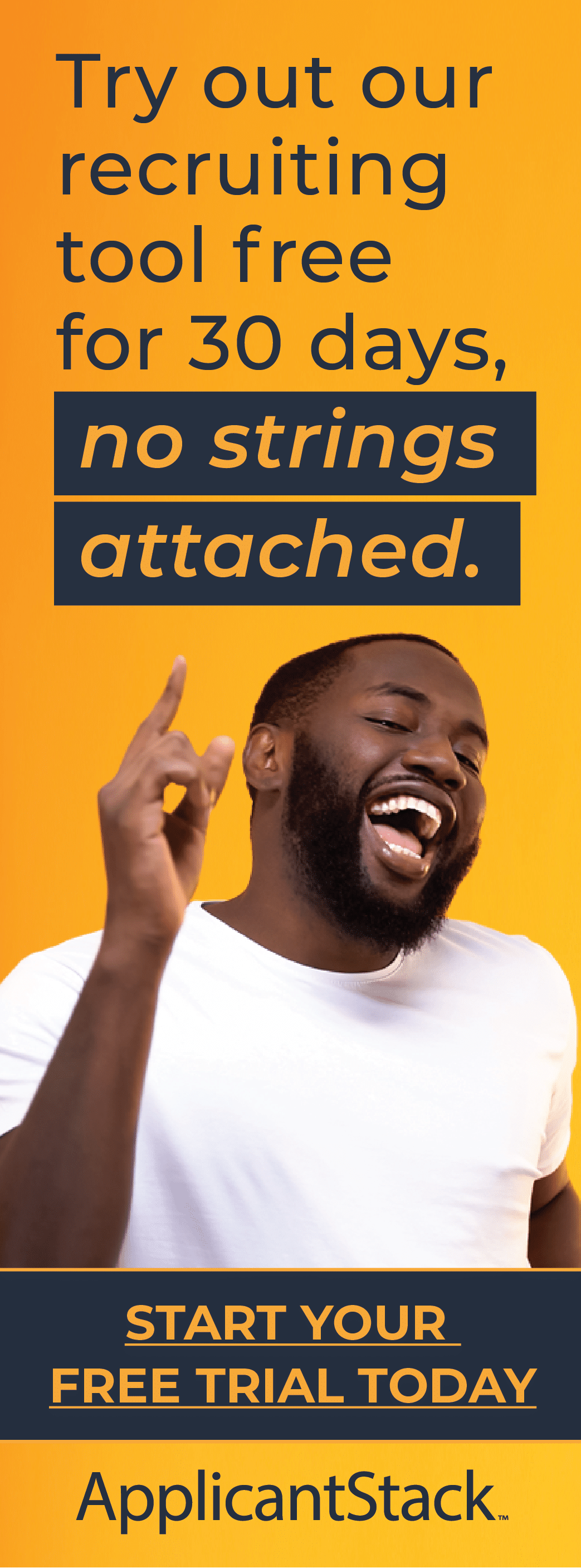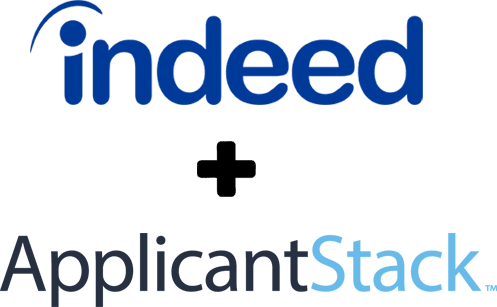Employee recruiting is a powerful part of your hiring toolbox. Asking employees to flesh out an applicant pool capitalizes on a natural human response to invite others to positive experiences. A referral program incentivizes and rewards employees for their contributions to the company.
A Jobvite survey in 2020 found that, after internal hires, employee referrals were the second-most effective hiring source and the second-most useful resume consideration factor. Here are some tips to build an internal referral program that really works.
Your Employees are Your Best Brand Ambassadors

From posts on social media to relaxed after-work happy hours, we all tend to share stories and experiences about work with friends and acquaintances. Ideally, that content is positive and encouraging. Employees who are engaged in and excited about their work – and share it – become the best ambassadors for the company’s brand or culture. If your company sells an end-user product, that’s free advertising. If your company needs to fill positions, that’s expanding your potential applicant pool.
You can reward this behavior by creating opportunities for internal referrals for hiring. Rewards can vary; no one referral program fits all companies. The first steps involve examining company culture so your employees feel inclined to bring qualified candidates to the table.
Employee Recruiting Requires a Strong Foundation
It may seem overly simple, but the most important foundation for collecting hiring referrals from your employees is their job satisfaction. You can’t control each employee’s feelings about every aspect of their job, but you can provide a company culture that values each member of the team. Some tangible ways to achieve this include:
- Maintaining Good Company Culture. Conduct surveys that help identify where company culture is thriving and lacking. Then, take that information to improve where possible. Good company culture includes well-known and accepted values like trust, diversity, mentorship, and autonomy. It has clear policies on work and dress code flexibility, automation, and tangible and intangible benefits.
- Paying Employees What They’re Worth. Ideally, employees will have been hired at a salary they’re happy with. Implementing a program of consistent salary reviews and an open-door policy for negotiations goes a long way in helping employees feel valued.
- Communicating Perks and Benefits Consistently. While keeping some benefits confidential might seem important, it can lead to gossip and jealousy among employees. When people feel cheated or left out of perks, even if the company feels it has valid reasons, it can negatively affect employee morale. A well-communicated and consistent benefits policy encourages transparency and unity.
- Communicating Clearly Open Jobs and Responsibilities. Clarity and detail in job postings is important, allowing potential candidates to see all the requirements, benefits, and salary from the first interaction. For internal recruiting, you should provide all the same detailed information, along with any additional tidbits a current employee might need to know, especially if the job opening isn’t in their department. Facts like which team a person might work on, sample projects, details around the office layout, and access to perks are conversational and can help an employee sell the position to a friend.
- Rewarding Referrals and Employee Recruiting Efforts. Consider the cost of hiring an employee from a wide open pool. The Society of Human Resource Management puts the median number at around $1,200. If an employee helps you circumvent that cost, a gift card for lunch may not be quite enough. Recruiter Rikka Brandon suggests, “Offering your team an incentive that actually makes a difference to them may just give them the motivation to be intentional and active about recruiting.”
5 Ways to Involve Employees in Recruiting

Now that we’ve identified how to make sure your company is a rewarding workplace for employees to recommend, here are some ideas of how to build an internal referral program:
- Start at Onboarding. Every time you bring a new employee on, explain the referral process. Help them feel like an important part of the recruiting team from their first day. Even if you don’t currently have openings, this effort ensures that future opportunities aren’t lost to “I never heard about it.”
- Allow Talent Acquisition Team to Present at Company Meetings. Periodic presentations ensure employees can hear about new developments in the program and creates a forum for questions.
- Remind Employees How to Find Open Listings. What seems obvious to those involved in the hiring process may not be so clear to busy employees. Ensure there is a centralized location for open positions that’s easy to access. Provide periodic reminders along with highlighting incentives.
- Identify a Streamlined Process for Submissions. Every company will have a different preferred way to receive employee referrals. Make sure your organization’s process is simple and direct. You could create a web form or an email address that remains the same, even when people leave their roles. Periodically remind the staff how it works.
- Encourage Feedback on the Program. If employee participation is low, you may need to take a hard look at the communication, process, or incentives. Ask for honest feedback without fear of retribution.
Manage Your Candidates with ApplicantStack
Once you’ve examined company culture, created an easy-to-use program for submissions, told everyone about it, and the referrals start coming in, you need a system to make sure none of the stellar candidates fall through the cracks. Even if you don’t end up hiring a referral, it’s vital to respect the efforts of your employees with follow-through.
ApplicantStack is the perfect tool to easily and efficiently sort, rank, and track the candidates in every step of the process. Internal notes can help you track where the referral came from. Your employee can receive their reward and your gratitude for a new valued member of the team.
- 3 Tips to Improve Communication with Applicants - April 26, 2024
- Understanding Contract-To-Hire and How It Works - April 23, 2024
- Should Your Job Listings Include Salary Information? - April 19, 2024











